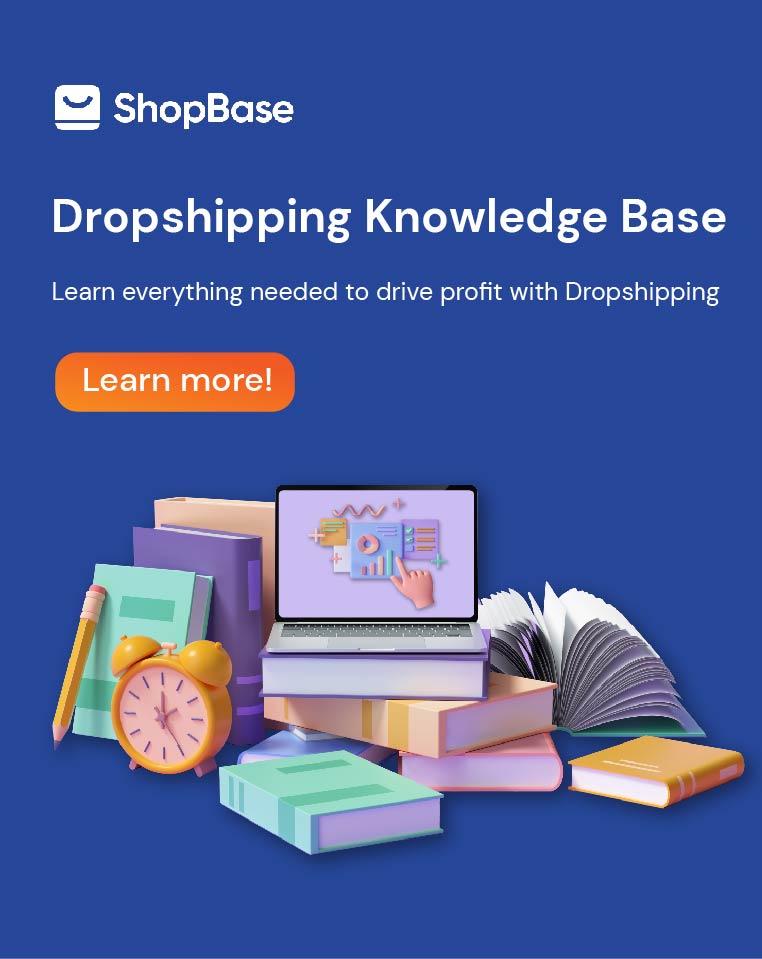Should you opt for multi-vendor platform?
1. ECOMMERCE MULTI-VENDOR MARKETPLACE DEFINITION A multi-vendor marketplace could be defined as an eCommerce platform that offers various products provided by hundreds of vendors and acts as mediators between sellers and shoppers. Some popular examples of such marketplaces are Amazon, Etsy or Aliexpress. 2. HIGH-QUALITY MULTI-VENDOR MARKETPLACE BENEFITS If you…





